Introduction
As a loving dog parent, you want the best for your furry friend. But let’s be honest: figuring out what’s in dog food can feel overwhelming. The ingredient lists can read like a science experiment gone wrong! So, what’s safe and what’s not? Let’s break it down and go over the dog food ingredients you should avoid like the plague.
Why Ingredient Labels Matter
You wouldn’t feed your child something if you didn’t understand the ingredients, right? The same goes for your dog! Unfortunately, many pet food companies rely on confusing labels, tricky marketing, and low-quality ingredients that could harm your pup in the long run. Understanding these ingredients is the first step toward ensuring your dog gets the healthy, happy life they deserve.
Common Harmful Ingredients in Dog Food

Let’s take a closer look at some common harmful ingredients lurking in your dog’s food. You’ll be surprised by how many of these are often hidden behind vague terms.
1. By-Products: What Exactly Are They?
You might see "by-products" on a label and think, "Well, that’s meat, right?" Not exactly. By-products are the leftover parts of animals after the desirable cuts are used for human food. These include organs, bones, and sometimes even feathers or hooves. They’re cheap, but they’re not exactly packed with the nutrients your dog needs.
2. Artificial Preservatives: Why You Should Stay Away
Artificial preservatives like BHA (butylated hydroxyanisole) and BHT (butylated hydroxytoluene) are used to keep dog food shelf-stable. Sounds fine, but both chemicals have been linked to cancer in humans and animals. Yikes! Ethoxyquin, another preservative, was originally used as a pesticide—yes, you read that right!
3. Fillers: The Junk That Fills Your Dog’s Food
Fillers like corn, wheat, and soy add bulk to dog food but don’t provide much nutrition. Worse, they can contribute to allergies, weight gain, and digestive issues. Think of them as the fast food equivalent in the dog food world: cheap, easy, but definitely not healthy.
Chemical Additives to Avoid

1. BHA and BHT: The Nasty Preservatives
Both BHA and BHT are artificial preservatives that may extend the shelf life of your dog’s food, but they’ve been linked to serious health issues, including cancer. Would you knowingly feed that to your furry baby? Probably not.
2. Ethoxyquin: The Hidden Hazard
Ethoxyquin might be one of the hardest ingredients to spot. Used in some foods as a preservative, it has been tied to liver and kidney problems in dogs. Always check labels carefully to ensure this sneaky additive isn’t in your dog’s diet.
3. Propylene Glycol: Anti-freeze in Dog Food?
Propylene glycol is used in some dog foods to keep it moist, but it's also an ingredient in anti-freeze. Although it’s considered safe in small amounts, it’s not something your dog should be consuming regularly.
Artificial Colors and Flavors
1. Why Bright Colors Don’t Mean Better Nutrition
Dog food shouldn’t need to look colorful to be nutritious. Artificial colors, like Red 40, Blue 2, and Yellow 5, are just for looks and serve no nutritional purpose. Worse, they’ve been linked to behavioral issues and allergic reactions in some pets.
2. The Problem with Artificial Flavors
Much like artificial colors, artificial flavors are just there to trick your dog into thinking the food tastes better than it really is. A healthy dog food doesn’t need artificial flavoring—it should taste great because it’s made with quality ingredients!
Fillers That Do More Harm Than Good

1. Corn and Wheat: Cheap Fillers, But At What Cost?
Corn and wheat are common in many dog foods because they’re cheap. However, they offer little nutritional value and can be hard for your dog to digest. In fact, many dogs are allergic to corn and wheat, which can cause itching, ear infections, and digestive problems.
2. Soy: The Hidden Allergen
Soy is another cheap filler that often finds its way into dog food. It’s a known allergen and can cause issues like skin irritation, digestive upset, and even thyroid problems in some dogs.
Sweeteners and Sugars
1. Why Your Dog’s Food Shouldn’t Be Sweet
Some dog food manufacturers add sugar or sweeteners to make the food more palatable, but it’s completely unnecessary and harmful. Dogs don’t need sugar in their diet, and just like in humans, it can lead to obesity, diabetes, and dental problems.
2. High Fructose Corn Syrup: Not Just Bad for Humans
High fructose corn syrup is a cheap sweetener found in junk food for humans—and sadly, in some dog foods too. It’s linked to obesity, diabetes, and can make your dog crave more food than they actually need. Stay far, far away from this one!
Unnecessary Fats and Oils
1. Rendered Fats: What Are They?
Rendered fats are fats that have been extracted from animal tissues, and the quality can vary dramatically. Poor-quality rendered fats can be rancid or contain toxins. You don’t want your dog ingesting these harmful fats on a daily basis.
2. The Problem with Vegetable Oils
Vegetable oils, especially when listed vaguely, can be a red flag. Some oils, like corn and soybean oil, are not the best for your dog’s health. They are high in omega-6 fatty acids, which can lead to inflammation if not balanced properly with omega-3s.
Salt and Sodium Overload
Too much salt is harmful for dogs, leading to dehydration, high blood pressure, and even sodium poisoning in extreme cases. Watch out for hidden sources of salt in the ingredient list—terms like “sodium nitrate” or “disodium phosphate” can signal a sodium overload.
Why Quality Proteins Matter

Always look for real, whole meat as the first ingredient in your dog’s food. Proteins like chicken, beef, and lamb are rich in essential nutrients. Avoid "meat meals" and "by-products"—they’re low-quality protein sources that don’t provide the same health benefits.
Reading the Label: What to Look For
When shopping for dog food, stick to brands that prioritize high-quality, natural ingredients. Whole meats, vegetables, and grains (if your dog isn’t grain-sensitive) are key signs of a good food. Look for named animal proteins (like chicken, beef, or lamb) and avoid mystery meats.
Conclusion: Trust Yourself as a Dog Parent
You know your dog best, and you want the best for them. Reading the ingredients on the back of a dog food bag may seem tedious, but trust me, it’s worth it. By avoiding these harmful ingredients, you’re not only making your pup healthier but also ensuring they live a longer, happier life. A healthy dog is a happy dog!
FAQs
1. How can I tell if my dog is allergic to their food?
Look for signs like itching, ear infections, diarrhea, or constant licking. If you suspect an allergy, consult your vet.
2. What is the best way to transition my dog to new food?
Switch gradually over 7-10 days by mixing the new food with the old, increasing the new food percentage daily.
3. Can I make my dog’s food at home?
Yes, but consult with your vet to ensure it’s nutritionally balanced for your dog’s needs.
4. What’s the difference between grain-free and regular dog food?
Grain-free food excludes grains like corn, wheat, and rice, which some dogs are sensitive to. However, it’s not necessary for all dogs.
5. Is it safe to give my dog human food as a treat?
Some human foods, like lean meats and certain vegetables, are safe, but others (like chocolate or onions) are toxic to dogs. Always check before sharing.


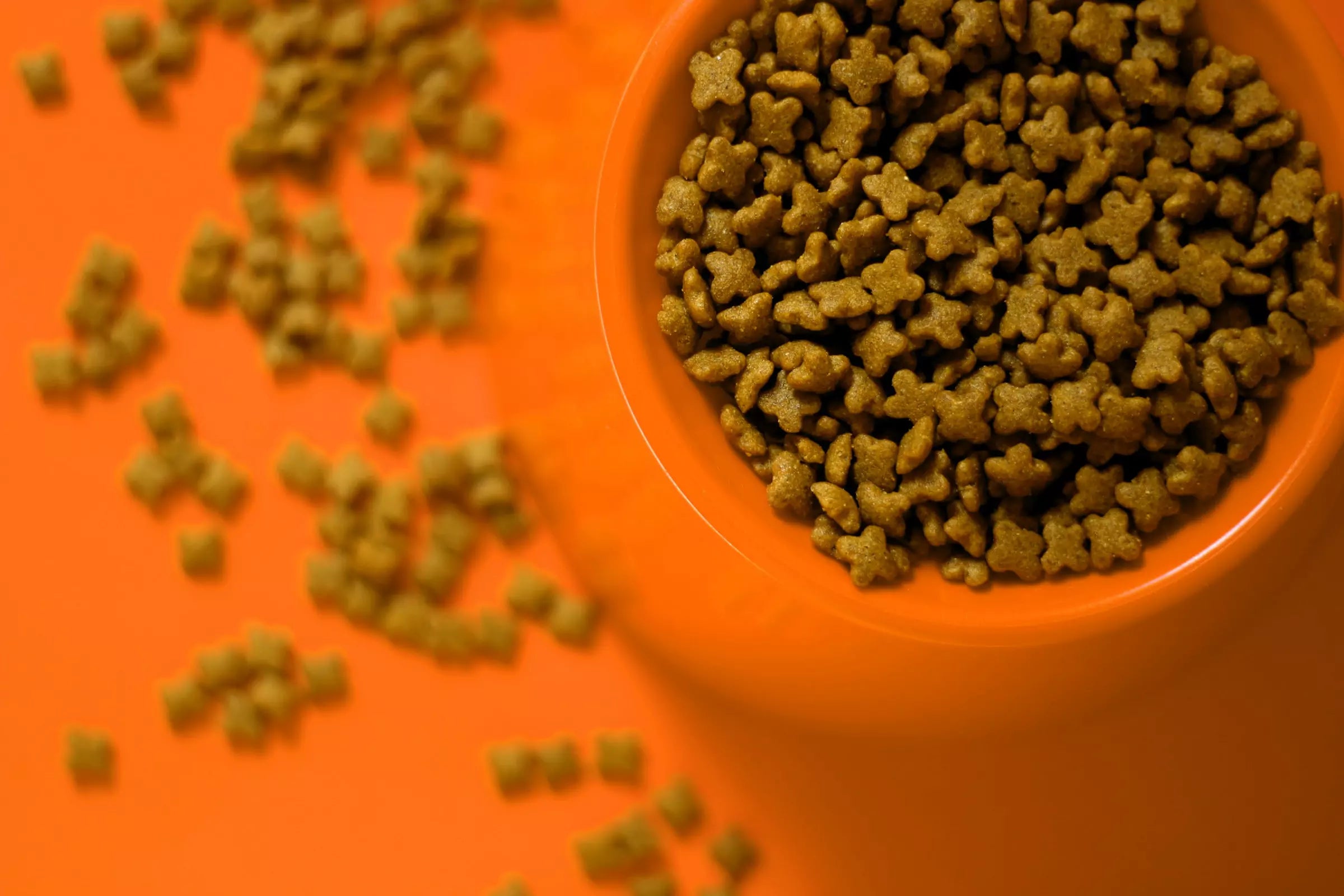
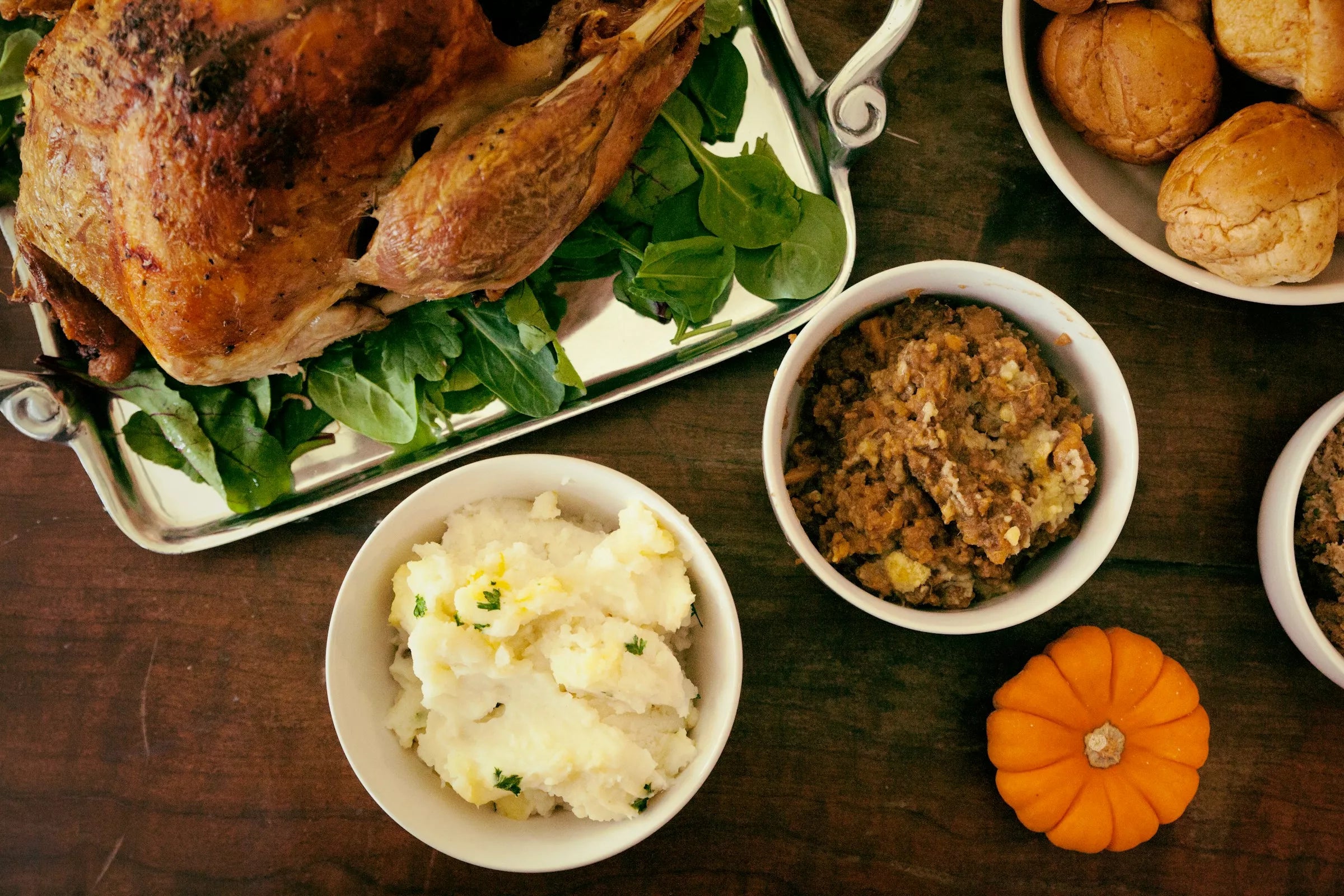

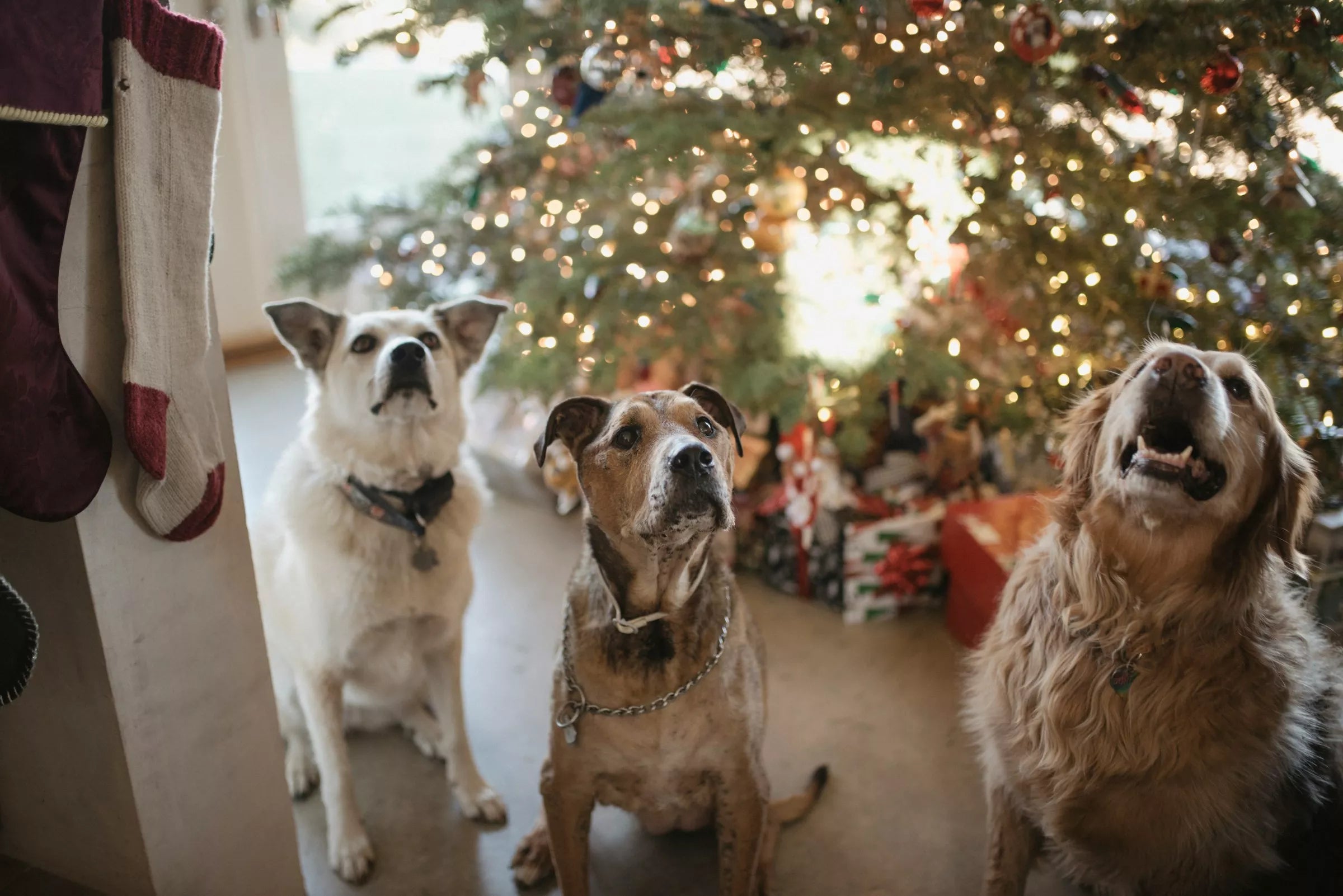
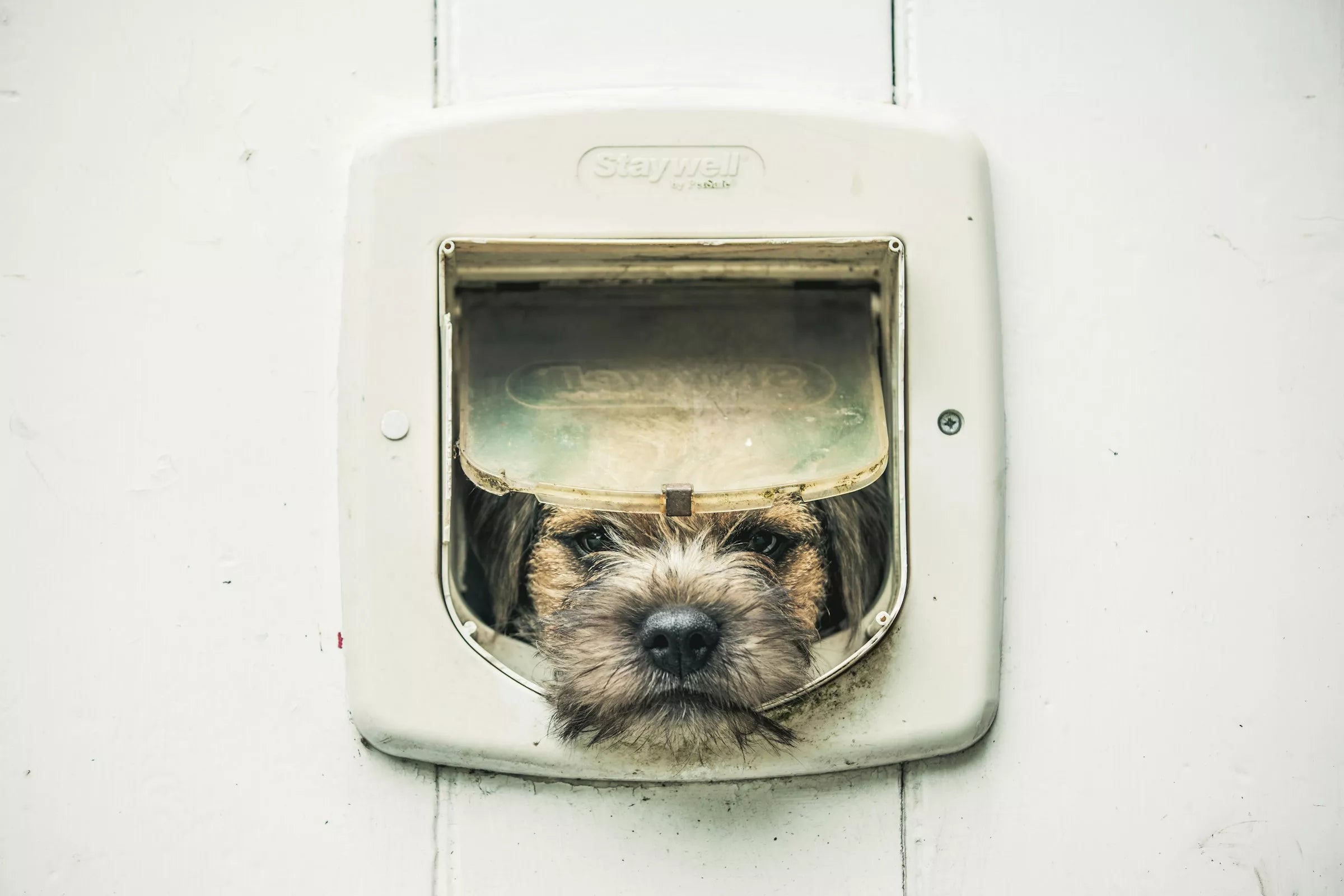

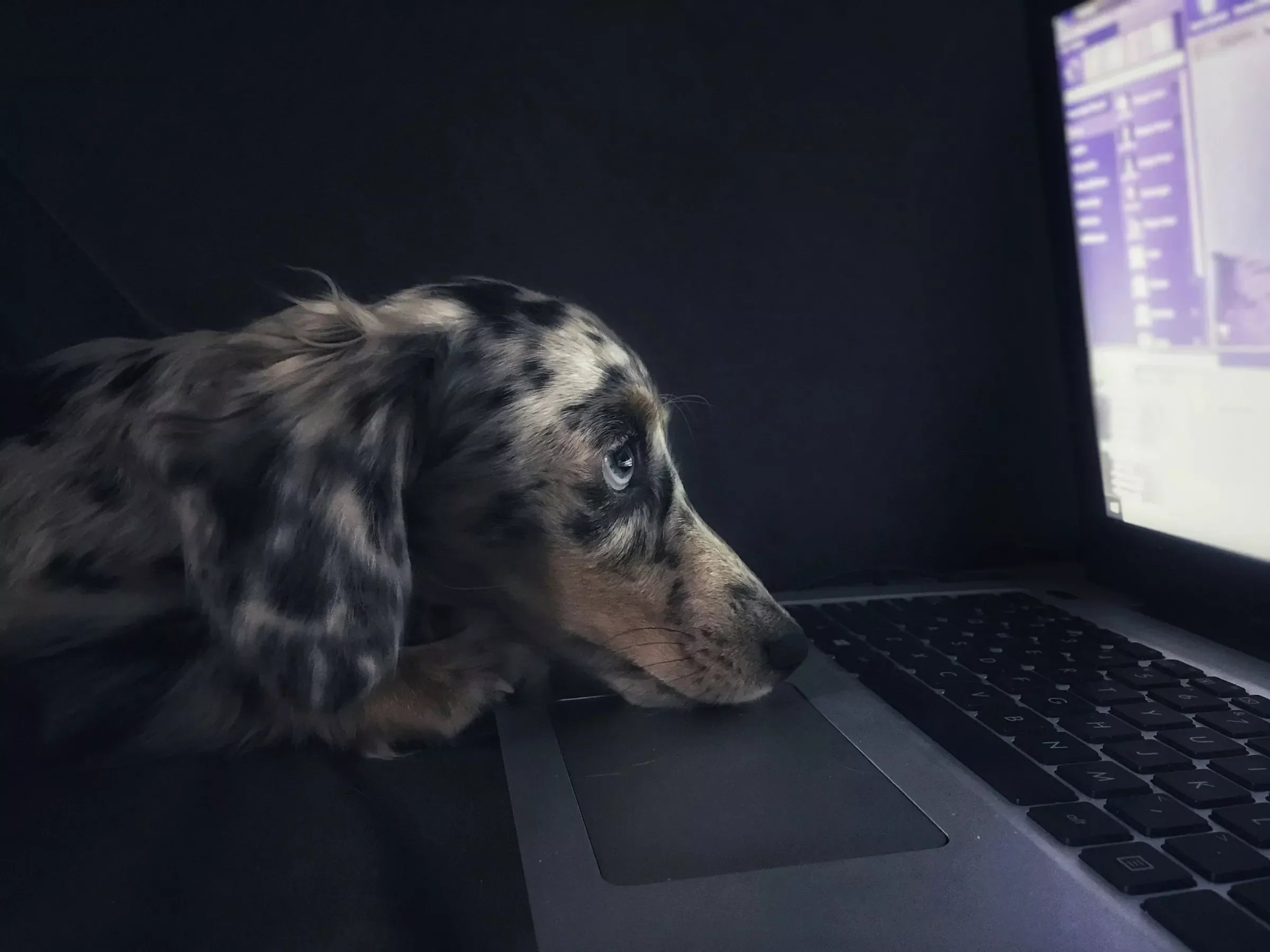






Share:
Can Dogs See the TV?
Best Diets for Senior Dogs